当地时间3月26日,美国著名建筑师、城市学者、评论家、教育家迈克尔·索金(Michael Sorkin),因感染新型冠状病毒,于纽约辞世。

迈克尔·索金1948年出生于华盛顿,1970年于芝加哥大学获学士学位,1974年获麻省理工学院建筑学硕士学位。为纽约城市大学城市学院资深建筑学教授、城市设计系主任,美国艺术与科学学院院士,多年来,曾执教于哈佛、耶鲁、康奈尔、哥伦比亚大学、AA、库珀联盟、维也纳艺术学院、密歇根大学等高校。
1980年代,索金创立了自己的工作室Michael Sorkin Studio[1],致力于可持续发展的城市和建筑设计,寻求当地自然环境、社会现状以及客户需求之间的平衡。2005年创立了非营利性机构Terreform,以深入城市研究。在大量实践和理论项目外,索金曾在纽约新闻和文化报纸《乡村之声》中担任建筑评论家10年,为《建筑实录》《纽约时报》和《华尔街日报》等撰稿[2],编、著有Variations on a Theme Park 、Local Code 等20本出版物,以尖锐而深刻的文笔表达着有关建筑与城市的见解。2019年,美国建筑师协会授予索金“合作成就奖”,以表彰其40年来为设计领域多样性所做出的努力与贡献[1]。
在2018年出版的What Goes Up: The Right and Wrongs to the City 一书中,索金曾列举出“建筑师需要了解的250件事”,或微观或宏观,条例覆盖知识面之广,反映着索金对事物本源的探索与多面思考,以及他对于建筑及建筑师何为的理解。最好的纪念是为阅读,以下是索金列出的250件事,某种程度上,也是他对自己一生所择事业的画像。
“With thanks to Michael Sorkin.”

1. 赤脚踩在冰冷大理石上的触感。
The feel of cool marble under bare feet.
2. 如何与五名陌生人在一个狭小的空间里住六个月。
How to live in a small room with five strangers for six months.
3. 如何与同样的五名陌生人在一个救生艇上待一星期。
With the same strangers in a lifeboat for one week.
4. 静曲强度。
The modulus of rupture.
5. 一声呐喊在城市中能传播的距离。
The distance a shout carries in the city.
6. 一声低语能传播的距离。
The distance of a whisper.
7. 有关哈特谢普苏特女王陵墓的一切(在有权威的定义之前,不要把目光局限于它看起来像“现代主义”建筑这一方面,去探索这个建筑更多的可能性)。
Everything possible about Hatshepsut's temple (try not to see it as 'modernist' avant la lettre).
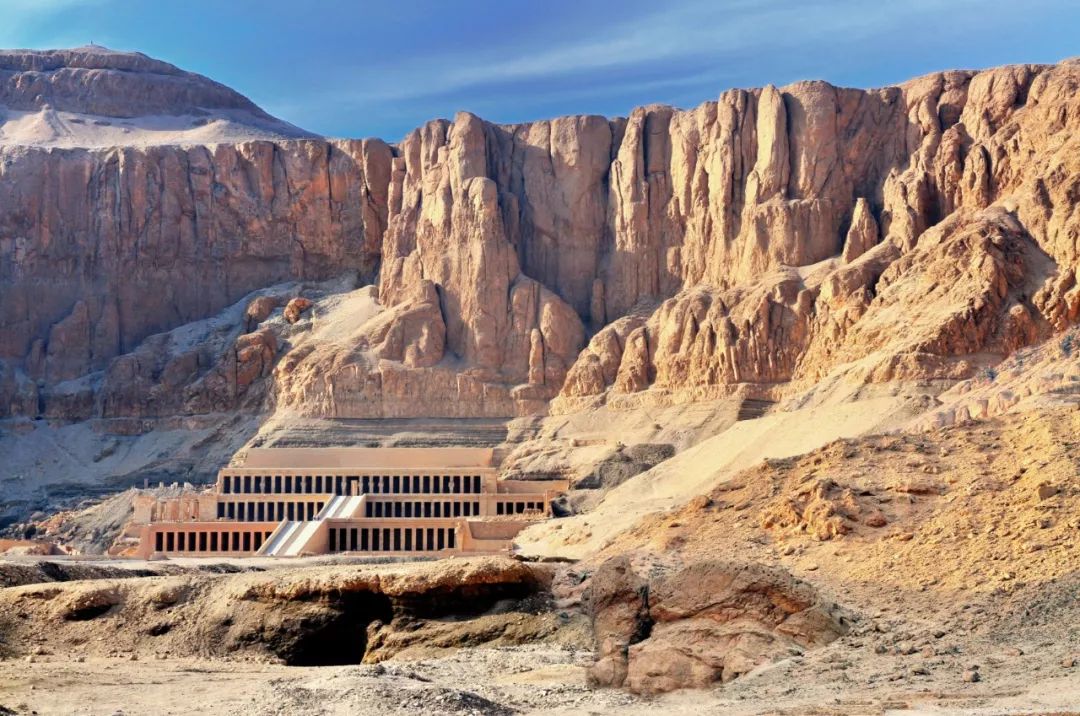
8. 全纽约市领取到了租房补贴的人数。
The number of people with rent subsidies in New York City.
9. 你所在的城镇领取到住房补贴的人数(包括富人)。
In your town (include the rich).
10. 杜鹃花的花期。
The flowering season for azaleas.
11. 玻璃的隔热保温性能。
The insulating properties of glass.
12. 玻璃制造和使用的历史。
The history of its production and use.
13. 玻璃的意义。
And of its meaning.
14. 如何砌砖。
How to lay bricks.
15. 维克多·雨果在《巴黎圣母院》里写“这个会杀死它(建筑)”的真正含义。
What Victor Hugo really meant by 'this will kill that.'
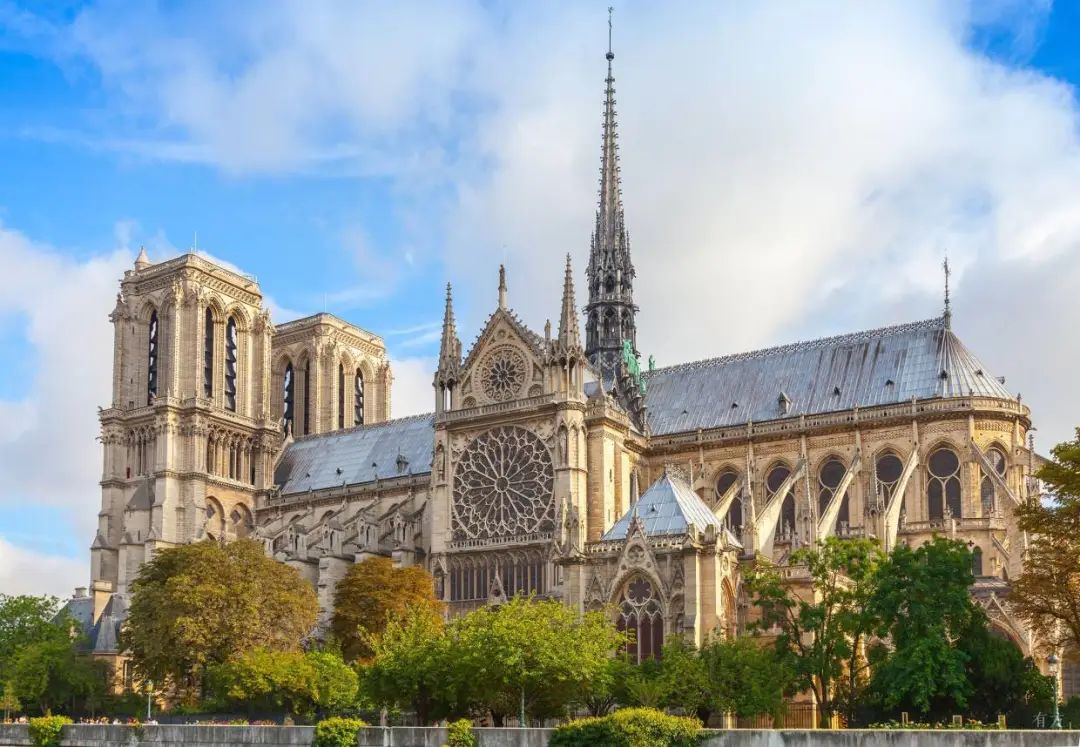
16. 海平面上升的速度。
The rate at which the seas are rising.
17. BIM建筑信息模型。
Building information modeling (BIM).
18. 如何疏通一只堵住的针管笔。
How to unclog a Rapidograph.
19. 基尼系数。
The Gini coefficient.
20. 对于六岁儿童来说适宜的阶高-阶宽比。
A comfortable tread-to-riser ratio for a six-year-old.
21. 对于坐轮椅的人来说适宜的阶高-阶宽比。
In a wheelchair.
22. 铝中蕴含的能量。
The energy embodied in aluminum.
23. 如何转弯。
How to turn a corner.
24. 如何设计一个拐角。
How to design a corner.
25. 如何坐在角落里。
How to sit in a corner.
26. 安东尼·高迪是如何设计出圣家堂的造型和结构。
How Antoni Gaudí modeled the Sagrada Família and calculated its structure.
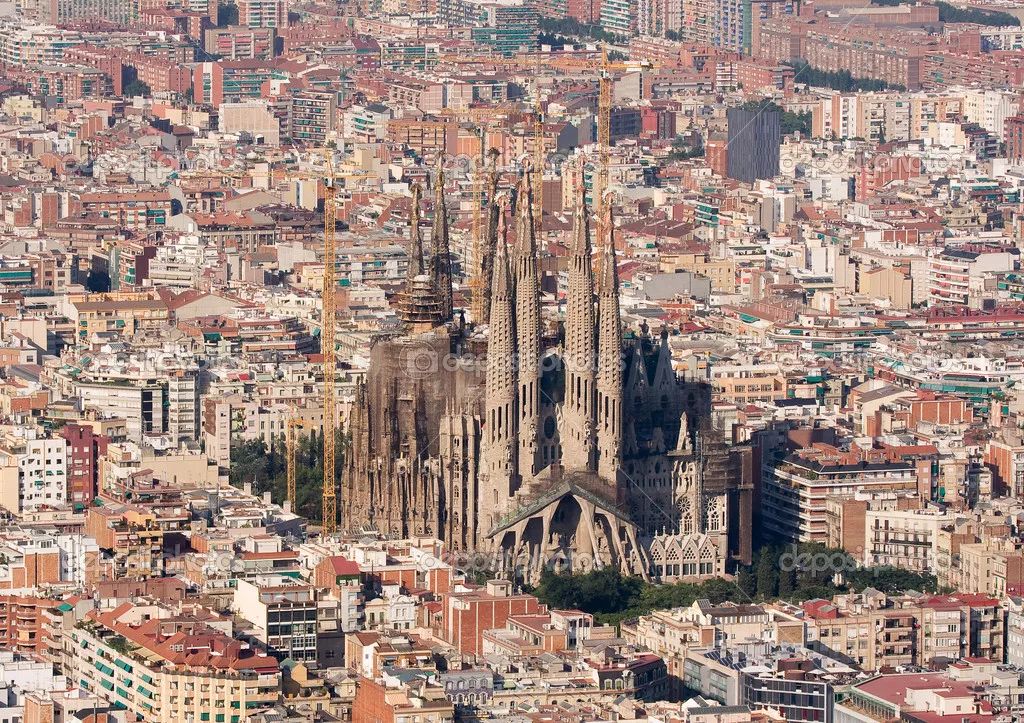
27. 圆厅别墅的比例形制。
The proportioning system for the Villa Rotonda.

28. 你指定的地毯散气的速率。
The rate at which that carpet you specified off-gasses.
29. 《汉谟拉比法典》的相关章节。
The relevant sections of the Code of Hammurabi.
30. 鸣禽及其他季节性迁徙动物的迁徙模式。
The migratory patterns of warblers and other seasonal travellers.
31. 泥浆施工的基础知识。
The basics of mud construction.
32. 盛行风的方向。
The direction of prevailing winds.
33. 水文方面的问题逃避不了。
Hydrology is destiny.
34. 对简·雅各布斯烂熟于心。
Jane Jacobs in and out.
35. 对“风水”有所了解。
Something about feng shui.
36. 有关多西的Vastu Shilpa(环境设计)事务所。
Something about Vastu Shilpa.
37. 基本的人体工程学。
Elementary ergonomics.
38. 色轮。
The color wheel.
39. 客户想要什么。
What the client wants.
40. 客户认为自己想要什么。
What the client thinks it wants.
41. 客户需要什么。
What the client needs.
42. 客户可以提供什么。
What the client can afford.
43. 什么是地球能承受的。
What the planet can afford.
44. 现代性的理论基础,以及关于它的派别和演化的大量知识。
The theoretical bases for modernity and a great deal about its factions and inflections.
45. 后福特主义对于建筑生产模式的意义。
What post-Fordism means for the mode of production of building.
46. 另一种语言。
Another language.
47. 砖块到底想成为什么。
What the brick really wants.
48. 温切斯特大教堂和自行车棚的差异。
The difference between Winchester Cathedral and a bicycle shed.
49. Fatehpur Sikri(莫卧儿王朝短暂的都城)被废弃的原因所在。
What went wrong in Fatehpur Sikri.
50. Pruitt-Igoe城市住宅开发项目失败的原因所在。
What went wrong in Pruitt-Igoe.
51. 塔科马海峡吊桥坍塌的原因所在。
What went wrong with the Tacoma Narrows Bridge.
52. 监控摄像头的位置。
Where the CCTV cameras are.
53. 密斯离开德国的真正原因。
Why Mies really left Germany.
54. 约公元前6000年,人们如何在加泰土丘定居生活。
How people lived in Çatal Hüyük.
55. 石灰华的结构特性。
The structural properties of tufa.
56. 如何计算遮阳板(百叶窗)的尺寸。
How to calculate the dimensions of brise-soleil.
57. 光伏电池的千瓦成本。
The kilowatt costs of photovoltaic cells.
58. 维特鲁威(古罗马建筑师,著有《建筑十书》)。
Vitruvius.
59. 瓦尔特·本雅明(德国哲学家)。
Walter Benjamin.
60. 马歇尔·伯曼(美国学者,著有《一切坚固的东西都烟消云散》)。
Marshall Berman.
61. 罗伯特·摩西成功的秘诀。
The secrets of the success of Robert Moses.
62. 圣母百花大教堂的穹顶是如何建成的。
How the dome on the Duomo in Florence was built.
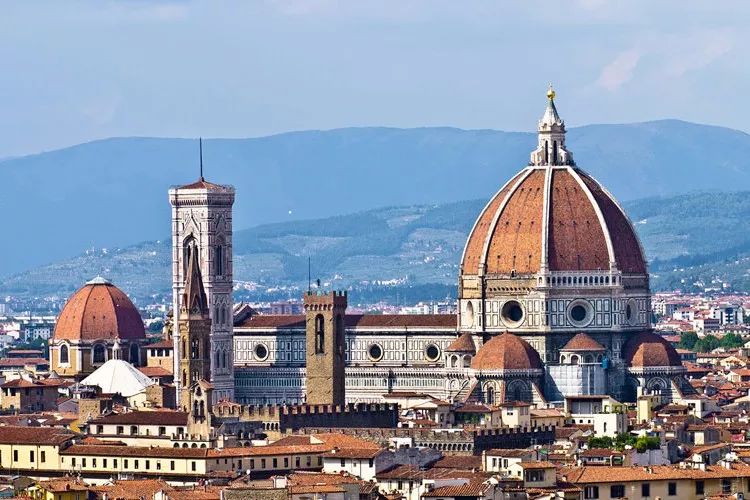
63. 中国和日本建筑的相互影响。
The reciprocal influences of Chinese and Japanese building.
64. 伊势神宫的“式年迁宫”(每隔20年依古法在另一块用地重建社殿并迁祭)。
The cycle of the Ise Shrine.

65. 柱微凸线。
Entasis.
66. 索韦托的历史。
The history of Soweto.
67. 漫步在巴塞罗那兰布拉大街的体验。
What it's like to walk down the Ramblas.
68. 备份!
Back-up.
69. 杜松子马提尼酒的最佳配比。
The proper proportions of a gin martini.
70. 剪力和弯矩。
Shear and moment.
71. 莎士比亚等文豪。
Shakespeare, et cetera.
72. 乌鸦如何飞行。
How the crow flies.
73. 贫民窟和社区的差异。
The difference between a ghetto and a neighborhood.
74. 金字塔是如何建成的。
How the pyramids were built.
75. 以及为什么建金字塔。
Why.
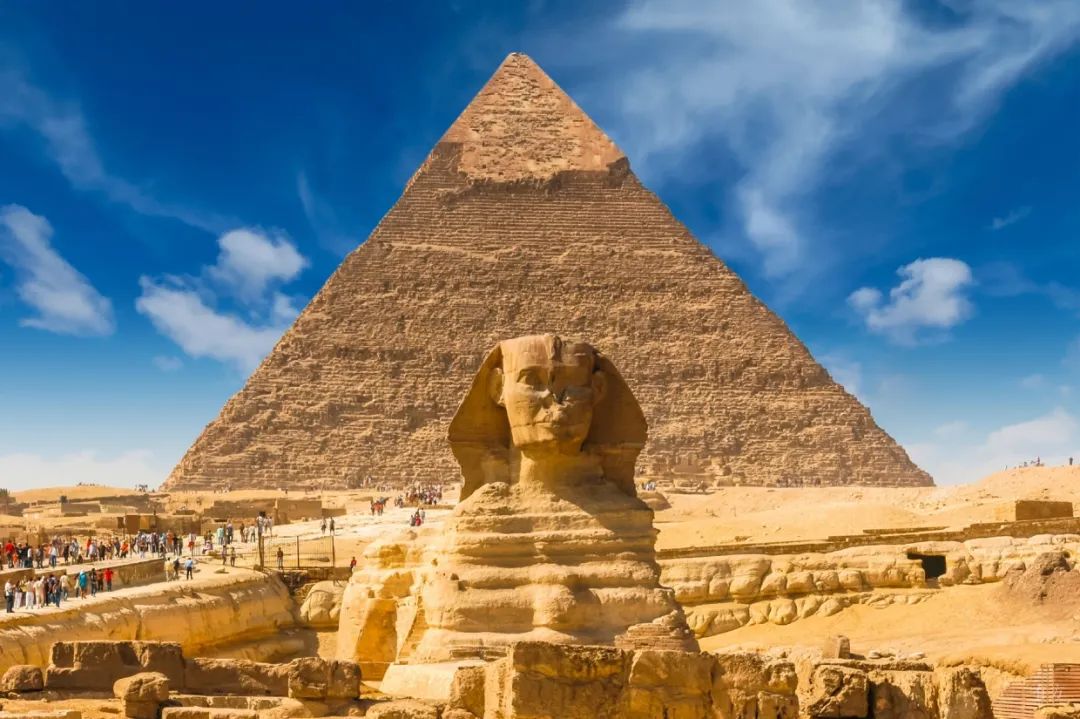
76. 郊野的乐趣。
The pleasures of the suburbs.
77. 恐惧,恐怖事件。
The horrors.
78. 光透过冰的透光率。
The quality of light passing through ice.
79. 边界是毫无意义的。
The meaninglessness of borders.
80. 边界为何具有可塑性。
The reasons for their tenacity.
81. 生态交错带的创造力。
The creativity of the ecotone.
82. 异想天开或怪癖的必要性。
The need for freaks.
83. 总会有意外发生。
Accidents must happen.
84. 设计可以从任何地方开始。
It is possible to begin designing anywhere.
85. 雨后,混凝土的味道。
The smell of concrete after rain.
86. 昼夜平分时(春分、秋分)阳光的照射角度。
The angle of the sun at the equinox.
87. 如何骑自行车。
How to ride a bicycle.
88. 地下蓄水层的厚度。
The depth of the aquifer beneath you.
89. 残疾人无障碍通道的坡度。
The slope of a handicapped ramp.
90. 建筑工人的薪水。
The wages of construction workers.
91. 手绘透视图。
Perspective by hand.
92. 语句结构。
Sentence structure.
93. 在日落时分威尼斯大运河边的桌旁,喝一杯spritz鸡尾酒的那种愉悦。
The pleasure of a spritz at sunset at a table by the Grand Canal.
94. 骑行的兴奋。
The thrill of the ride.
95. 材料的来源。
Where materials come from.
96. 如何迷失。
How to get lost.
97. 从空中看到的夜晚人造光形成的图案。
The pattern of artificial light at night, seen from space.
98. 在实际行动中,人们的哪些差异是合乎情理的。
What human differences are defensible in practice.
99. 创作是一种耐心的探索。
Creation is a patient search.
100. 奥托·瓦格纳和卡米洛·西特之间的争论。
The debate between Otto Wagner and Camillo Sitte.
101. 建筑与工程被分成两个学科的原因。
The reasons for the split between architecture and engineering.
102. 许多有关构建乌托邦的创想。
Many ideas about what constitutes utopia.
103. 多贡村落在社会和形式层面上的组织构架。
The social and formal organization of the villages of the Dogon.

104. 粗野主义,鲍威尔主义建筑风格,以及巴洛克风格。
Brutalism, Bowellism, and the Baroque.
105. 如何“漂移”。
How to dérive.
106. 木工坊安全规范。
Woodshop safety.
107.大量有关哥特式的知识。
A great deal about the Gothic.
108. 殖民主义对北非城市建筑上的影响。
The architectural impact of colonialism on the cities of North Africa.
109. 对帝国主义的厌恶。
A distaste for imperialism.
110. 北京城的历史。
The history of Beijing.
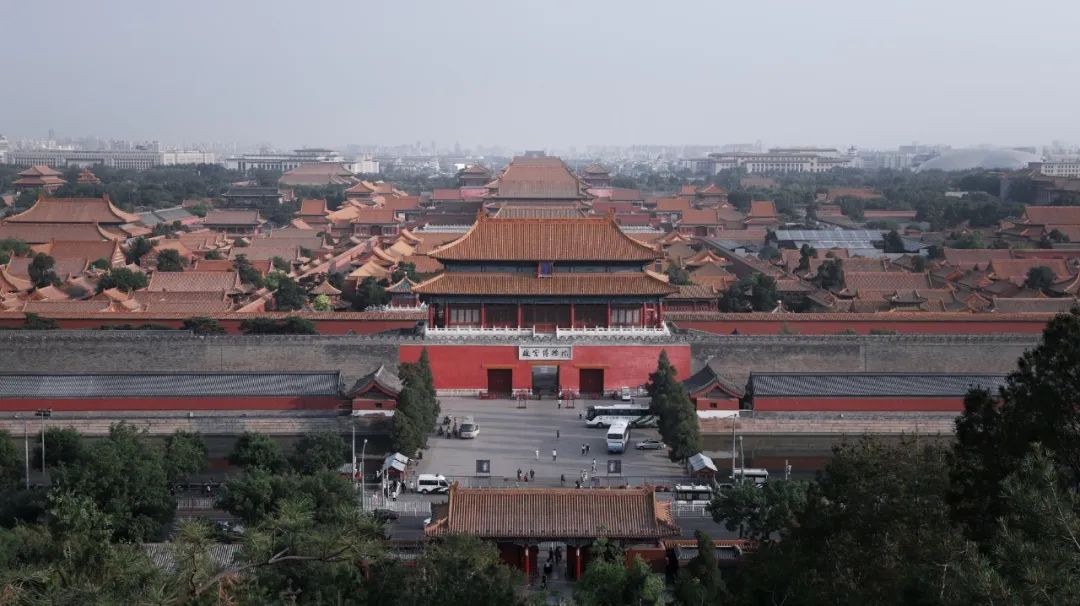
111. 17世纪荷兰住宅建筑。
Dutch domestic architecture in the 17th century.
112. 亚里士多德的《政治学》。
Aristotle's Politics.
113. 亚里士多德的《诗学》。
His Poetics.
114. 抹灰篱笆墙的基础知识。
The basics of wattle and daub.
115. 轻捷型构架的起源。
The origins of the balloon frame.
116. 铜表面产生氧化层的速率。
The rate at which copper acquires its patina.
117. 天津空气中悬浮微粒的含量。
The levels of particulates in the air of Tianjin.
118. 白松树的固碳能力。
The capacity of white pine trees to sequester carbon.
119. 固碳还有哪些方式。
Where else to sink it.
120. 消防规范。
The fire code.
121. 抗震规范。
The seismic code.
122. 保健规范。
The health code.
123. 贯穿于艺术与哲学体系中的浪漫主义。
The Romantics, throughout the arts and philosophy.
124. 如何仔细倾听。
How to listen closely.
125. 用单一的媒介来创作是件很危险的事。当你换一种表现形式,你就能打破那个你甚至还不自知的已陷入的僵局。
That there is a big danger in working in a single medium. The logjam you don't even know you're stuck in will be broken by a shift in representation.
126. “优美尸骸”,一种发源于法国超现实主义运动时期的游戏。
The exquisite corpse.
127. 石头剪刀布。
Scissors, stone, paper.
128. 上等的波尔多葡萄酒。
Good Bordeaux.
129. 上等的啤酒。
Good beer.
130. 如何逃出迷宫。
How to escape a maze.
131. QWERT键盘。
QWERT.
132. 敬畏。
Fear.
133. 在布拉格,非斯,上海,约翰尼斯堡,京都,里约热内卢,墨西哥,梭罗河,贝拿勒斯,曼谷,列宁格勒,伊斯法罕寻路。
Finding your way around Prague, Fez, Shanghai, Johannesburg, Kyoto, Rio, Mexico, Solo, Benares, Bangkok, Leningrad, Isfahan.
134. 与实习生相处的正确方式。
The proper way to behave with interns.
135. Maya, Revit, Catia等三维建模软件。
Maya, Revit, Catia, whatever.
136. 大型机械的历史,包括那些会飞的机器。
The history of big machines, including those that can fly.
137. 如何计算生态足迹。
How to calculate ecological footprints.
138. 步行即可到达的三个不错的午餐地点。
Three good lunch spots within walking distance.
139. 人类生命的价值。
The value of human life.
140. 谁是支付者。
Who pays.
141. 谁是获利者。
Who profits.
142. 文丘里效应。
The Venturi effect.
143. 人如何小便。
How people pee.
144. 什么事不该做,即使是为了钱。
What to refuse to do, even for the money.
145. 合同中的附属细则。
The fine print in the contract.
146. 略知造船术。
A smattering of naval architecture.
147. “太远”的概念。
The idea of too far.
148. “太近”的概念。
The idea of too close.
149. 各式各样文化中的葬俗。
Burial practices in a wide range of cultures.
150. 建一间药房需要的人口密度条件。
The density needed to support a pharmacy.
151. 修建地铁需要的人口密度条件。
The density needed to support a subway.
152. 你所在城市的设计对新鲜农产品“食物里程”的影响。
The effect of the design of your city on food miles for fresh produce.
153. 刘易斯·芒福德(美国社会哲学家)和帕特里克·格迪斯(媒介环境学创始人)。
Lewis Mumford and Patrick Geddes.
154. “万能”布朗(朗赛洛特·布朗,园艺设计师),安德烈·勒诺特尔(法国园艺师),弗雷德里克·劳·奥姆斯特德(美国景观设计之父),梦窗疏石(枯山水开创者),计成(中国古代造园家,著有《园冶》),罗伯特·布雷·马克思(现代主义景观大师)。
Capability Brown, André Le Nôtre, Frederick Law Olmsted, Muso Soseki, Ji Cheng, and Roberto Burle Marx.
155. 对构成主义烂熟于心。
Constructivism, in and out.
156. 米玛·希南(奥斯曼建筑师)。
Sinan.
157. 通过走访和与居民交谈来了解棚户区。
Squatter settlements via visits and conversations with residents.
158. 不同文化背景下建筑表现的历史和技术。
The history and techniques of architectural representation across cultures.
159. 几种其他的艺术媒介。
Several other artistic media.
160. 一点物理化学。
A bit of chemistry and physics.
161. 测地线。
Geodesics.
162. 测地学。
Geodetics.
163. 地形学。
Geomorphology.
164. 地理。
Geography.
165. 安第斯山脉的法则。
The Law of the Andes.
166. 亲身体验卡帕多奇亚。
Cappadocia first-hand.
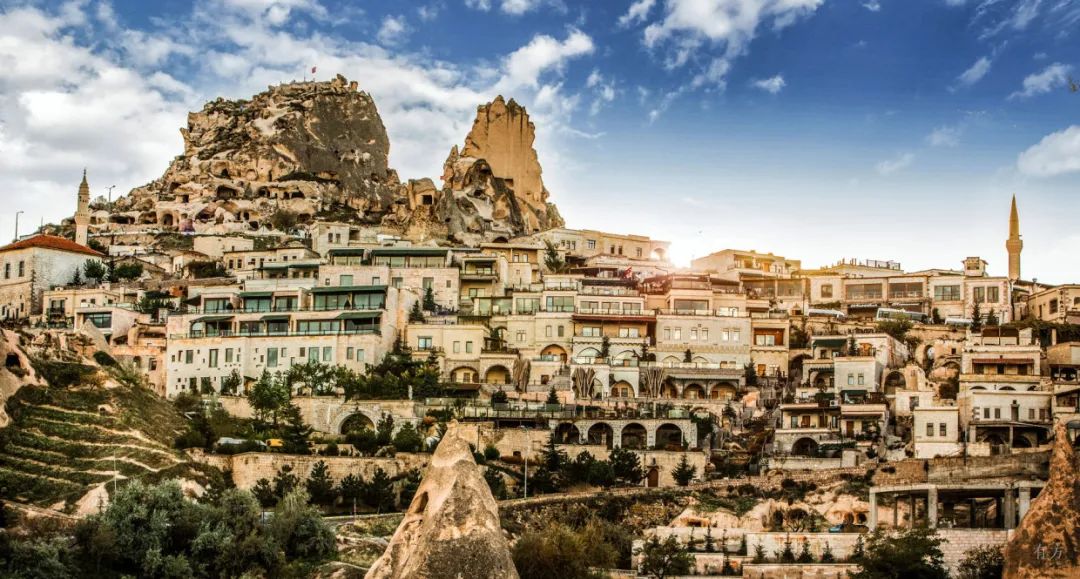
167. 亚马逊的重要性。
The importance of the Amazon.
168. 如何修补裂缝。
How to patch leaks.
169. 什么能让你幸福。
What makes you happy.
170. 舒适睡眠环境的组成条件。
The components of a comfortable environment for sleep.
171. 雅典卫城上的视角。
The view from the Acropolis.
172. 通往圣达菲的路。
The way to Santa Fe.
173.古代世界七大奇迹。
The Seven Wonders of the Ancient World.
174. 在布鲁克林吃东西的地方。
Where to eat in Brooklyn.
175. 识路能力比得上半个伦敦出租车司机。
Half as much as a London cabbie.
176. 诺利的罗马平面图。
The Nolli Plan.

177. 塞尔达的巴塞罗那新城规划。
The Cerdà Plan.
178. 奥斯曼的巴黎城市规划。
The Haussmann Plan.
179. 斜率分析。
Slope analysis.
180. 暗房操作步骤以及PS。
Darkroom procedures and Photoshop.
181. 一夜狂欢之后的黎明。
Dawn breaking after a bender.
182. 谱系学和分类法的样式。
Styles of genealogy and taxonomy.
183. 贝蒂·弗莱顿(美国女权运动领袖,著有《女性的奥秘》)。
Betty Friedan.
184. 居伊·德波(法国哲学家,著有《景观社会》)。
Guy Debord.
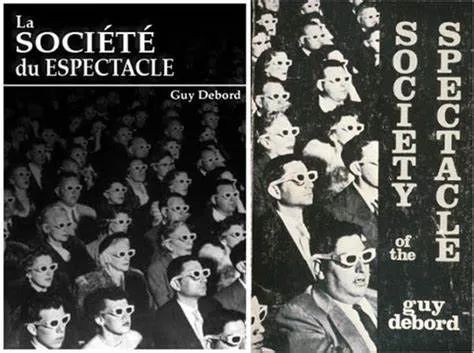
185. 蚂蚁农场。
Ant Farm.
186. 建筑电讯派。
Archigram.
187. 地中海俱乐部(全球最大旅游度假连锁集团)。
Club Med.
188. 达兰萨拉的黄昏。
Crepuscule in Dharamshala.
189. 立体几何。
Solid geometry.
190. 各种材料的优点(仅从直观直觉上看)。
Strengths of materials (if only intuitively).
191. 下龙湾。
Ha Long Bay.
192. 麦德林(在建筑上)获得的成就。
What's been accomplished in Medellín.
193. 里约热内卢(在建筑上)获得的成就。
In Rio.
194. 加尔各答(在建筑上)获得的成就。
In Calcutta.
195. 库里提巴(在建筑上)获得的成就。
In Curitiba.
196. 孟买(在建筑上)获得的成就。
In Mumbai.
197. 谁来使用?(将空间提供给所有想使用它的人,是你的职责)
Who practices? (It is your duty to secure this space for all who want to.)
198. 为什么你认为建筑能带来益处。
Why you think architecture does any good.
199. 贬值周期。
The depreciation cycle.
200. 什么会生锈。
What rusts.
201. 用木材和纸板制作模型的优秀能力。
Good model-making techniques in wood and cardboard.
202. 如何演奏一种乐器。
How to play a musical instrument.
203. 风吹的方向。
Which way the wind blows.
204. 树木和灌木丛的声学特性。
The acoustical properties of trees and shrubs.
205. 如何防止房屋受洪水侵袭。
How to guard a house from floods.
206. 至上主义者和扎哈之间的关联。
The connection between the Suprematists and Zaha.
207. 奥斯卡·尼迈耶和扎哈之间的关联。
The connection between Oscar Niemeyer and Zaha.

208. 哪边是北(或者南)。
Where north (or south) is.
209. 如何迅速又礼貌地给人指路。
How to give directions, efficiently and courteously.
210. 城市的空气使人自由。(中世纪德国的一句谚语)
Stadtluft macht frei.
211. 掀开街道上的砖块,得到自由(意译,法国1968年动乱时期的一句标语)[4]。
Underneath the pavement the beach.
212. 动乱后,一些政策制定者会在夏天将路面改造为人造沙滩,给大众一个更宜居的生活环境[4]。
Underneath the beach the pavement.
213. 疾病的微生物理论。
The germ theory of disease.
214. 维他命D的重要性。
The importance of vitamin D.
215. “太近”有多近。
How close is too close.
216. 生态湿地对地下含水层的补给能力。
The capacity of a bioswale to recharge the aquifer.
217. 渡船的吃水。
The draught of ferries.
218. 自行车行车安全和规矩。
Bicycle safety and etiquette.
219. 石笼和乱石堆的差异。
The difference between gabions and riprap.
220. 波士顿交响乐大厅的声学效果。
The acoustic performance of Boston Symphony Hall.
221. 如何开窗。
How to open the window.
222. 地球的直径。
The diameter of the earth.
223. 一次沐浴需要多少加仑的水。
The number of gallons of water used in a shower.
224. 辨识人脸需要的距离。
The distance at which you can recognize faces.
225. 如何以及何时贿赂政府官员(为了更大的益处)。
How and when to bribe public officials (for the greater good).
226. 混凝土表面的抛光剂。
Concrete finishes.
227. 砖块粘合剂。
Brick bonds.
228. 弗里德里希·恩格斯的《论住宅问题》。
The Housing Question by Friedrich Engels.
229. 令人目眩的希腊小岛城镇的魅力。
The prismatic charms of Greek island towns.
230. 风能的潜力。
The energy potential of the wind.
231. 风的冷却潜力,包括烟囱效应。
The cooling potential of the wind, including the use of chimneys and the stack effect.
232. 帕埃斯图姆(古希腊建筑遗址)。
Paestum.

233. 稻草房建造技术。
Straw-bale building technology.
234. 蕾切尔·卡逊(海洋环境生物学家)。
Rachel Carson.
235. 弗洛伊德(心理学家)。
Freud.
236. 米歇尔·德·克拉克(荷兰建筑师)的卓越之处。
The excellence of Michel de Klerk.
237. 阿尔瓦·阿尔托的卓越之处。
Of Alvar Aalto.
238. 丽娜·柏·巴蒂(巴西建筑师)的卓越之处。
Of Lina Bo Bardi.
239. 一个吸引人的俱乐部的非药物组成成分。
The non-pharmacological components of a good club.
240. 梅萨维德国家公园。
Mesa Verde National Park.
241. 奇琴伊察(古玛雅城市遗址)。
Chichen Itza.
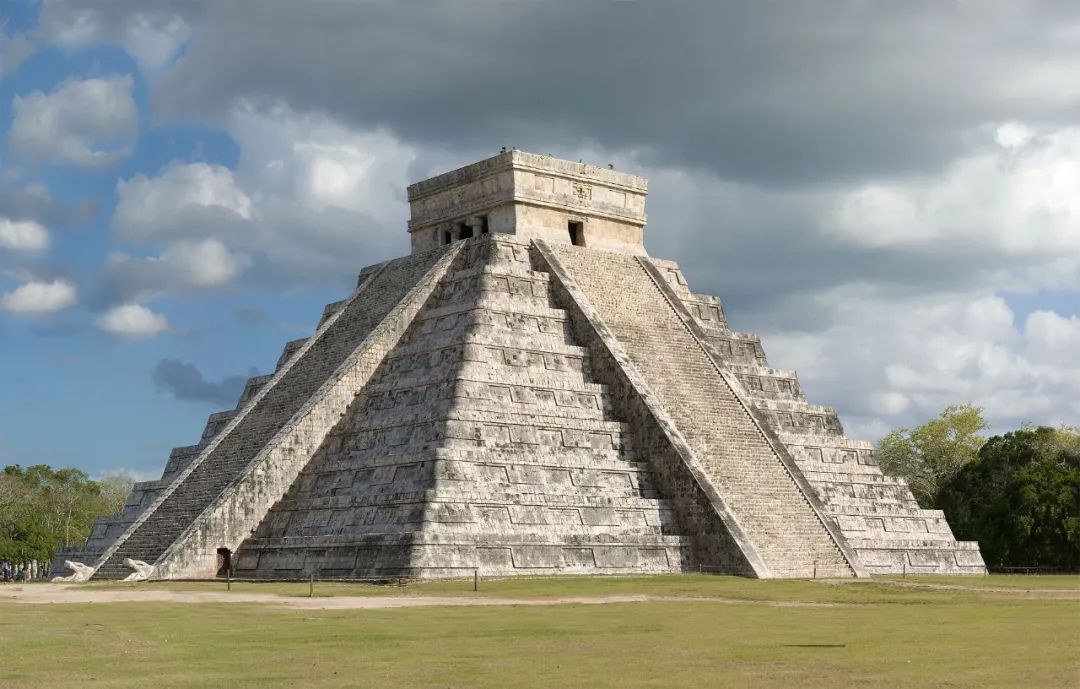
242. 你的左邻右舍。
Your neighbors.
243. 运动场的规模以及正确朝向。
The dimensions and proper orientation of sports fields.
244. 湿地对生态环境的调节能力。
The remediation capacity of wetlands.
245. 湿地减弱风暴潮的能力。
The capacity of wetlands to attenuate storm surges.
246. 如何切出一个绝对优雅的剖面。
How to cut a truly elegant section.
247. 欲望的深度。
The depths of desire.
248. 愚蠢的极致。
The heights of folly.
249. 低潮。
Low tide.
250. 黄金比例以及其他比例。
The Golden and other ratios.
参考文献
[1]https://archpaper.com/2020/03/michael-sorkin-passes-away-after-contracting-coronavirus/?from=timeline&isappinstalled=0
[2]http://www.sorkinstudio.com/team
[3]https://www.readingdesign.org/250-things
英文摘录于Michael Sorkin, What Goes Up: The Right and Wrongs to the City, London: Verso, 2018.
[4]https://nextnature.net/2010/06/under-the-beach-lies-the-pavement
版权声明:本文由有方编辑整理,欢迎转发,禁止以有方编辑版本转载。图片除注明外均源自网络,版权归原作者所有。若有涉及任何版权问题,请及时和我们联系,我们将尽快妥善处理。联系电话:0755-86148369;邮箱info@archiposition.com
投稿邮箱:media@archiposition.com
上一篇:建筑地图68 | 悉尼的建筑活力
下一篇:2019-2020,亚洲建成了哪些品质新酒店?